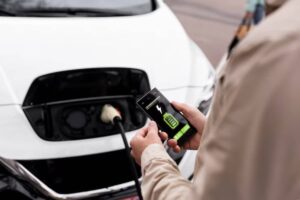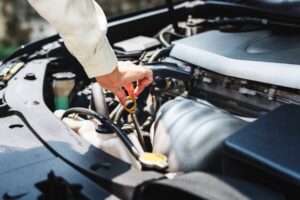The Automobiles Blog
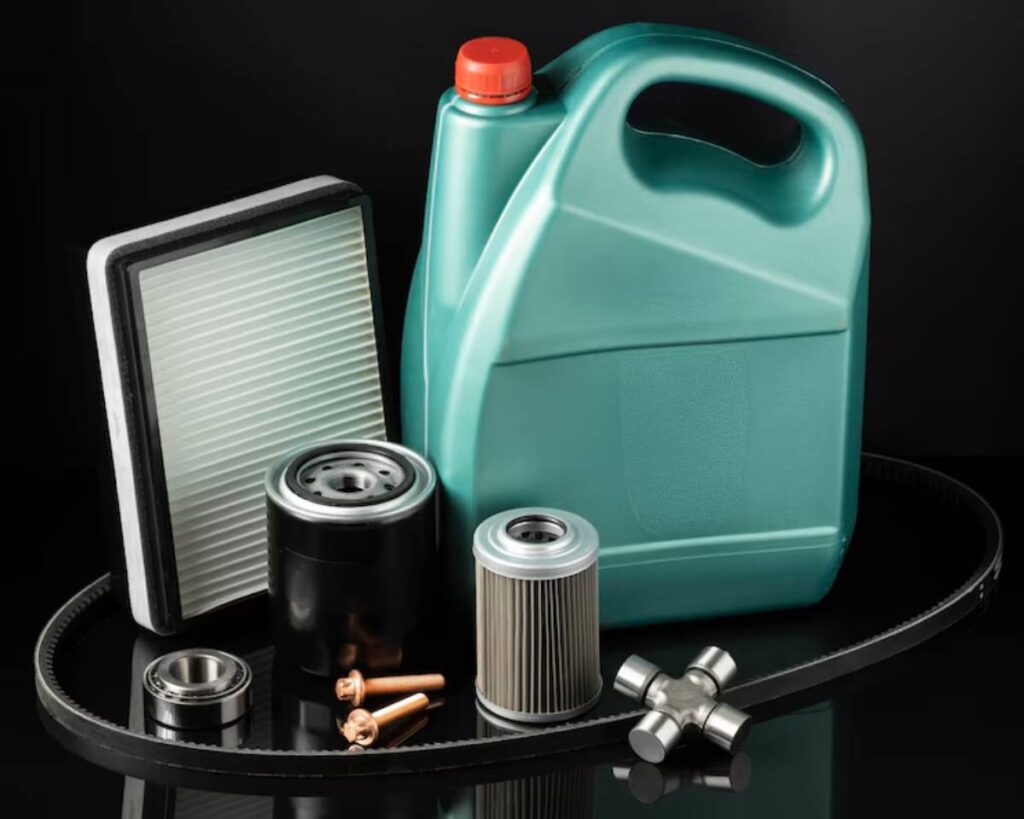
Best Brake Fluids for Hybrid Systems: 2025 Buyer’s Guide
Let’s be honest — when we think about car maintenance, brake fluid rarely tops the list. But if you own a hybrid, that small bottle under your bonnet holds a lot more importance than you might think.
Hybrid vehicles use advanced braking systems that combine regenerative technology with traditional friction brakes. While regenerative braking captures energy to recharge the battery, braking system fluids still play a crucial role in stopping your car safely when the mechanical brakes are engaged.
And here’s the thing — not just any fluid will do. Using the wrong type can damage components, reduce efficiency, and even risk your safety.
This guide will break down everything you need to know about hybrid brake fluid — what it does, what makes it different, and which are the best brake fluids in 2025 for your hybrid. We’ll also share real-world advice, relatable tips, and expert insights to help you make the right choice.
Why Brake Fluid Matters in Hybrid Vehicles
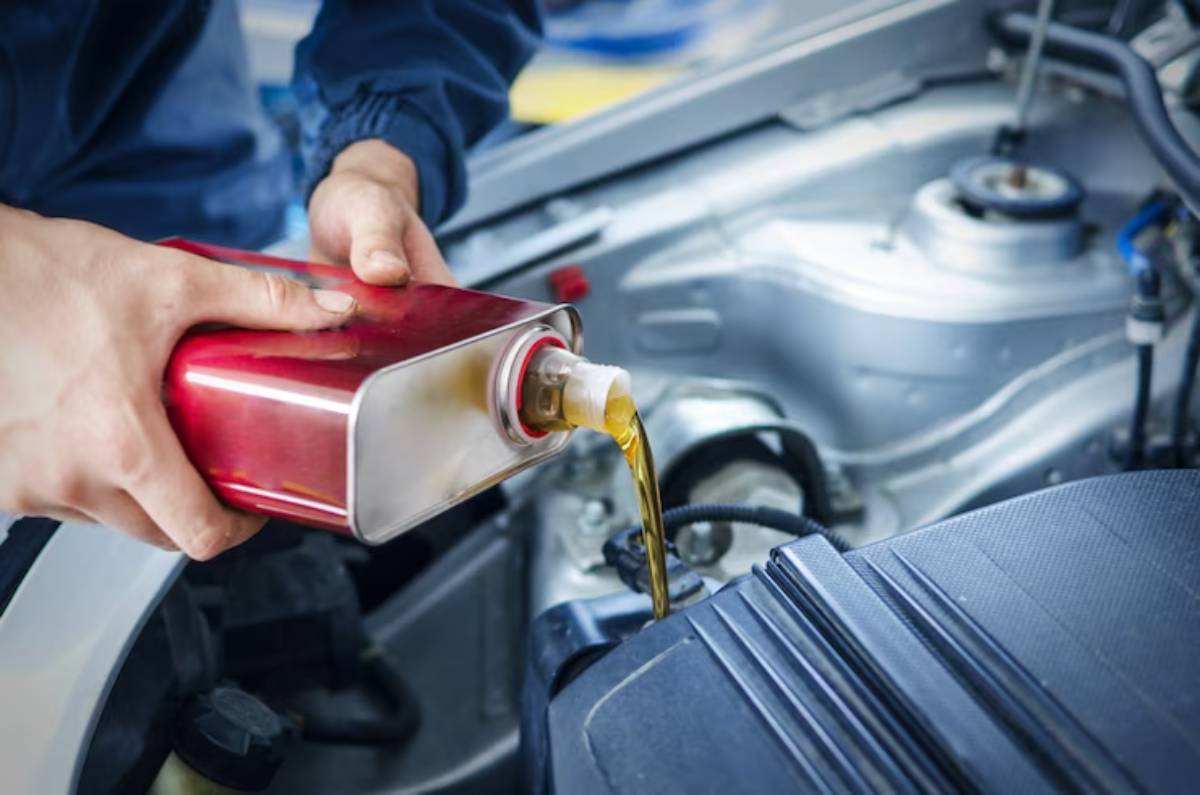
Understanding Hybrid Brake Systems
Your hybrid braking system is more complex than in traditional vehicles. It uses:
- Regenerative braking slows the car using the electric motor
- Hydraulic friction brakes provide extra stopping power when needed
While regenerative systems reduce brake wear, your hydraulic brakes still kick in during:
- Emergency stops
- High-speed braking
- Low-battery situations
- Icy or slippery conditions
And that’s where brake fluid becomes vital.
What Brake Fluid Actually Does
Brake fluid is a hydraulic fluid that transmits the pressure from your foot on the pedal into actual braking force. It:
- Transfers from the master cylinder to the brake callipers
- Must remain stable under high temperatures and pressure
- Absorbs moisture over time (which lowers its boiling point)
Hybrid or not, degraded fluid = compromised braking.
How Hybrid Brake Systems Impact Fluid Choice
So, do hybrids need special brake fluid? Not exactly — but they do have unique needs.
Why Fluid Quality Is Crucial in Hybrids:
- Less frequent friction brake use means longer intervals between pad replacements, but that also means fluid can degrade without you noticing.
- Hybrids often have electronic brake boosters, which require smooth, consistent hydraulic performance.
- Many hybrid systems use advanced brake-by-wire tech — accuracy and responsiveness depend heavily on fluid condition.
So, the best brake fluid for hybrids? One that stays stable over time, resists moisture absorption, and meets or exceeds your vehicle’s specs.
Top Brake Fluids for Hybrid Cars in 2025
Here’s a look at the top picks this year based on performance, reliability, and hybrid compatibility.
1. Bosch ENV6 Brake Fluid
Why It Stands Out:
One of the best all-rounders for modern vehicles, ENV6 exceeds DOT 4 specs and is fully compatible with ABS, ESP, and hybrid systems.
- Boiling Point (dry): 270°C
- Viscosity at -40°C: Ultra-low
- Compatibility: DOT 3, DOT 4, DOT 5.1 systems
- Ideal For: Drivers who want OEM-level performance and long service intervals
Pros:
- Low viscosity for brake-by-wire systems
- Excellent anti-vapour lock protection
- High thermal resistance
Cons:
- Slightly more expensive than generic fluids
2. ATE SL.6 Brake Fluid
Why It Stands Out:
ATE SL.6 is specifically designed for vehicles with electronic stability systems, making it perfect for hybrids with regen and friction blend braking.
- Boiling Point (dry): 265°C
- Viscosity: Exceptionally low at cold temps
- Ideal For: Hybrid and EV owners looking for high-precision performance
Pros:
- Optimised for ABS and traction control
- Excellent longevity
- Prevents brake fade under hybrid conditions
Cons:
- Not suitable for DOT 5 systems
3. Castrol React Performance DOT 4
Why It Stands Out:
Known for high performance and OEM approvals, Castrol React DOT 4 is widely recommended for both petrol and hybrid cars.
- Boiling Point (dry): 265°C
- Compliance: Meets SAE J1703, ISO 4925 Class 4
- Ideal For: Routine hybrid brake maintenance with wide compatibility
Pros:
- Great for urban hybrids used in stop-and-go traffic
- Readily available
- Affordable
Cons:
- Shorter fluid change intervals in humid climates
4. Motul DOT 5.1 Brake Fluid
Why It Stands Out:
While not required by most hybrids, DOT 5.1 is great for high-performance hybrids (like plug-in SUVs or sporty models).
- Boiling Point (dry): 270°C
- Low viscosity for enhanced ABS/ESC performance
- Ideal For: High-speed or heavy-duty hybrid use
Pros:
- High boiling point
- Excellent flow at low temps
- Suitable for aggressive drivers
Cons:
- Not compatible with silicone-based DOT 5
- Slightly more hygroscopic
5. Prestone DOT 4 Synthetic Brake Fluid
Why It Stands Out:
A reliable choice for everyday drivers, Prestone DOT 4 offers good heat resistance and consistent performance.
- Boiling Point (dry): 260°C
- Budget-friendly without cutting corners
- Ideal For: Drivers who need dependable brake fluid for routine top-ups or changes
Pros:
- Available in most retail stores
- Good for short-distance or light-traffic hybrid use
- Long shelf life
Cons:
- Less optimised for high-tech regen systems
How to Choose the Right Brake Fluid for Your Hybrid

Here’s how to narrow it down.
1. Check Your Owner’s Manual
Every hybrid has manufacturer specifications. Look for:
- DOT 3, DOT 4, or DOT 5.1
- OEM part numbers (especially for Toyota, Hyundai, and Ford)
2. Match Fluid to Your Climate
- Cold climates? Prioritise low viscosity
- Hot climates or mountain driving? Look for high boiling points
3. Consider Your Driving Style
- Daily commuting: DOT 4 is generally sufficient
- Long drives, heavy braking, or high performance: Consider DOT 5.1
How Often Should You Change Hybrid Brake Fluid?
Unlike engine oil, you can’t check brake fluid wear just by colour alone.
General Rule of Thumb:
- Every 2 years or 30,000 km, whichever comes first
- If you notice a spongy pedal, schedule a change immediately
- For hybrids used infrequently, moisture may build up faster — inspect annually
Looking for more hybrid maintenance advice? Check out How Often Should You Service a Hybrid Engine for a full breakdown.
How to Check Your Brake Fluid (Safely)
You don’t need to be a mechanic to keep an eye on your fluid levels.
Steps to follow:
- Park your car on a level surface and switch off the engine
- Locate the brake fluid reservoir (usually near the back of the engine bay)
- Check the fluid level against the MIN and MAX markers
- Inspect the fluid’s colour — dark brown or black means it’s time to replace
- Never mix fluid types unless explicitly allowed
Important Note: Brake fluid is corrosive — wipe spills immediately and avoid contact with paintwork or plastic.
Conclusion: Small Bottle, Big Responsibility
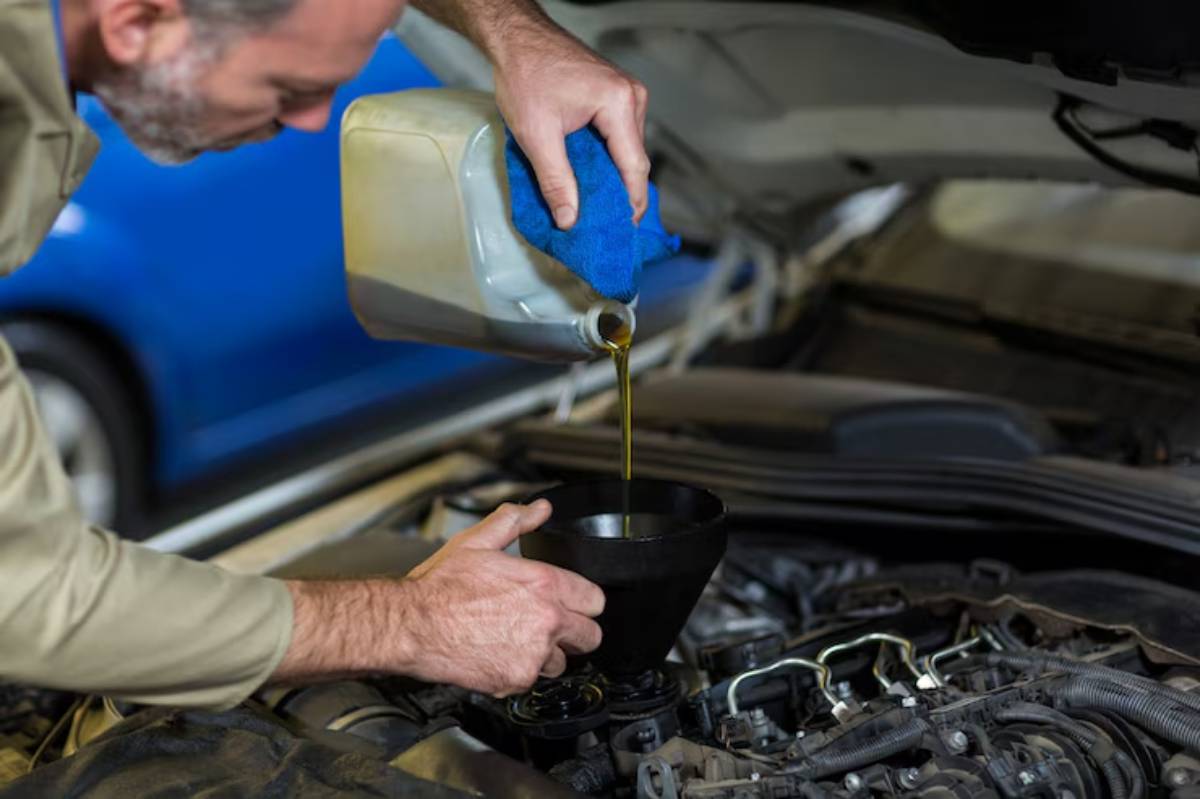
It’s easy to overlook brake fluid — after all, you rarely think about it unless something goes wrong. But if you own a hybrid, staying on top of your braking system fluids is key to preserving performance, ensuring safety, and supporting the seamless transition between electric and hydraulic braking.
By choosing the best brake fluid for hybrid systems in 2025, and following your service intervals, you’ll avoid issues down the road and keep your regenerative braking system functioning flawlessly.
Take action today:
- Check your brake fluid levels
- Schedule a fluid replacement if it’s been over two years
- Save or share this guide with a fellow hybrid driver
For more hybrid-specific tips, don’t miss our article on Maintaining Your Regenerative Brakes — it pairs perfectly with what you’ve just learned.



